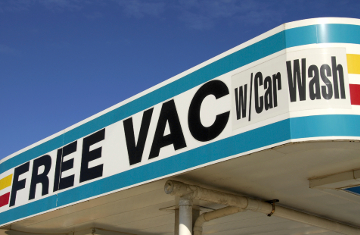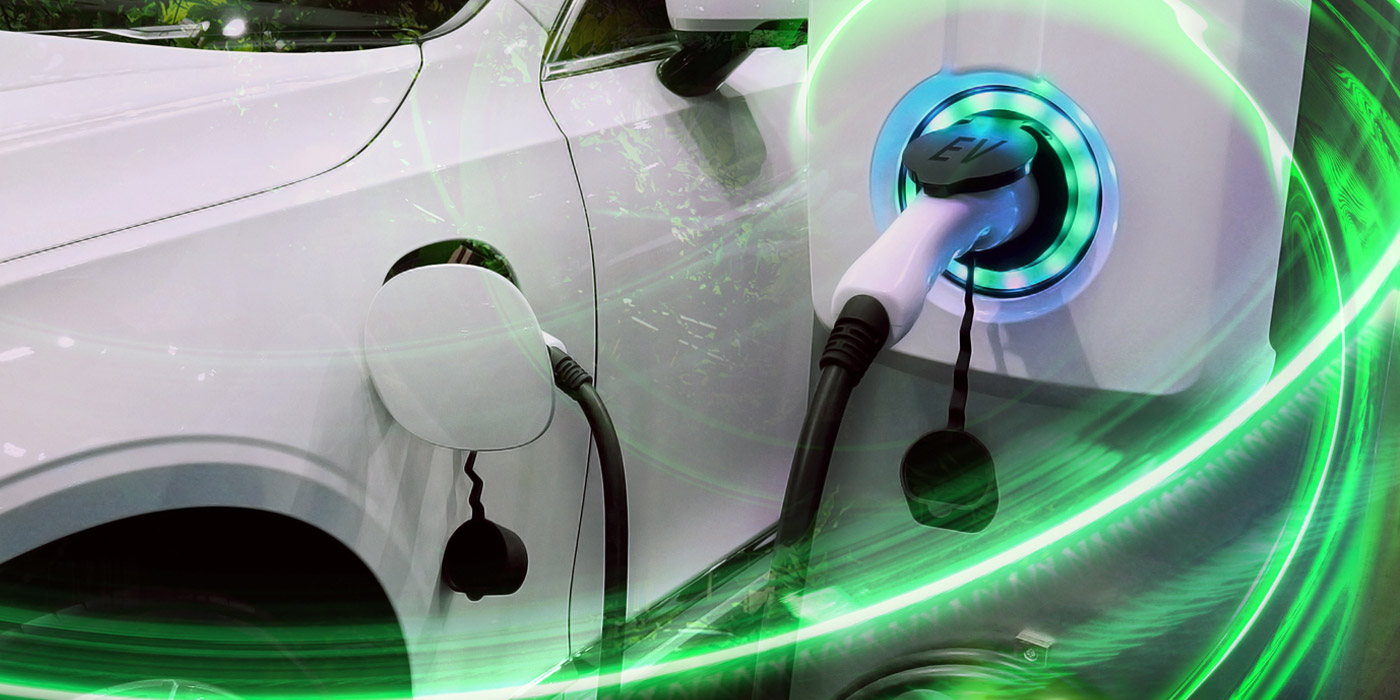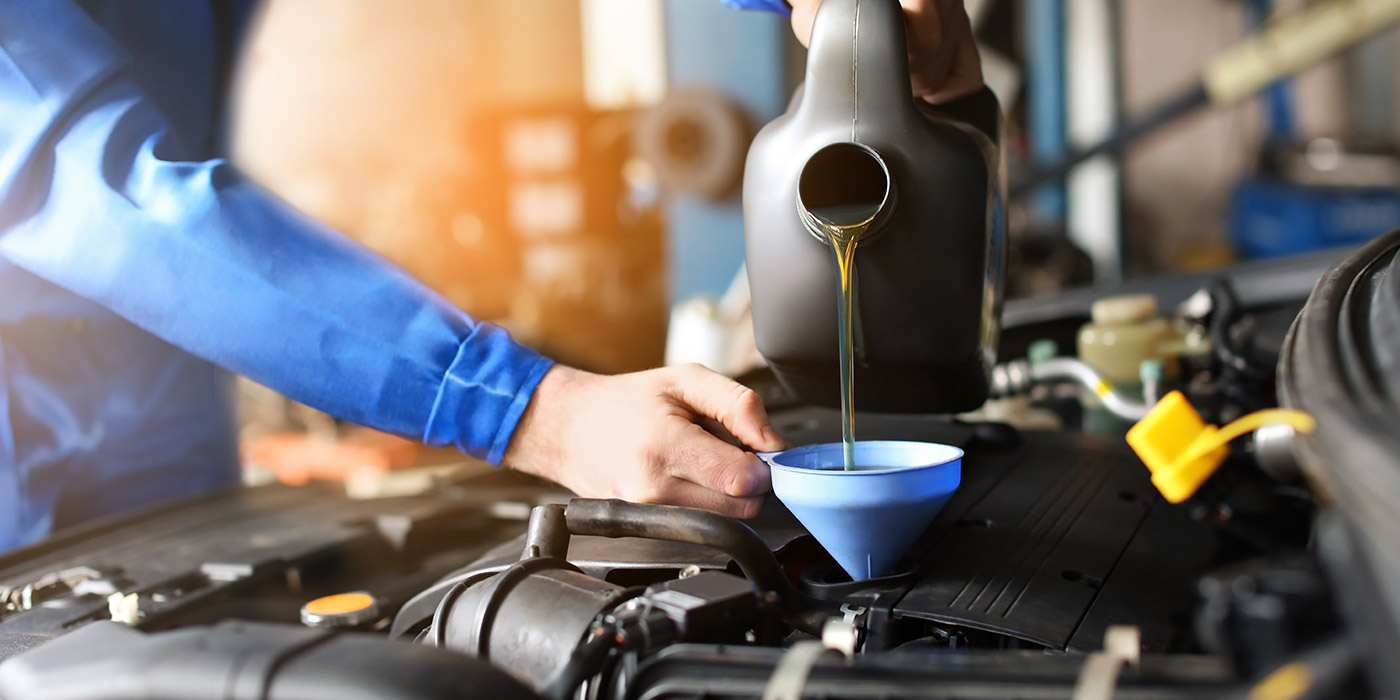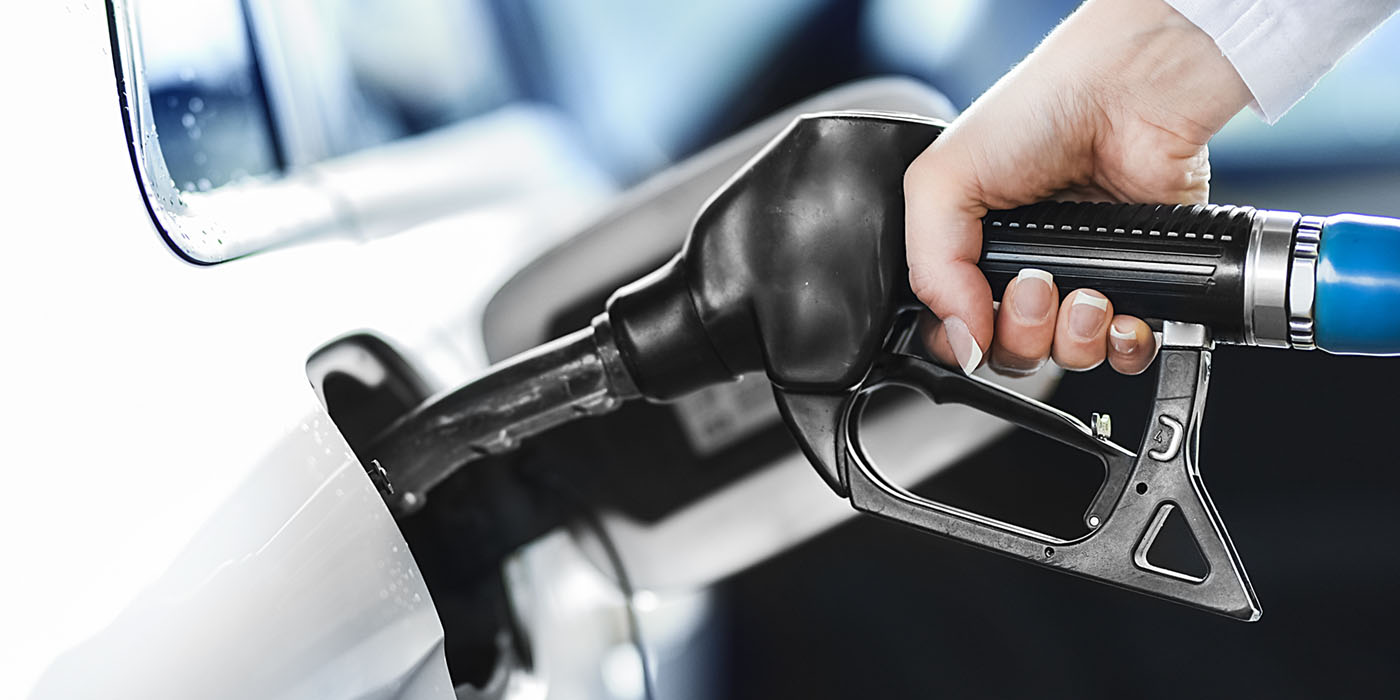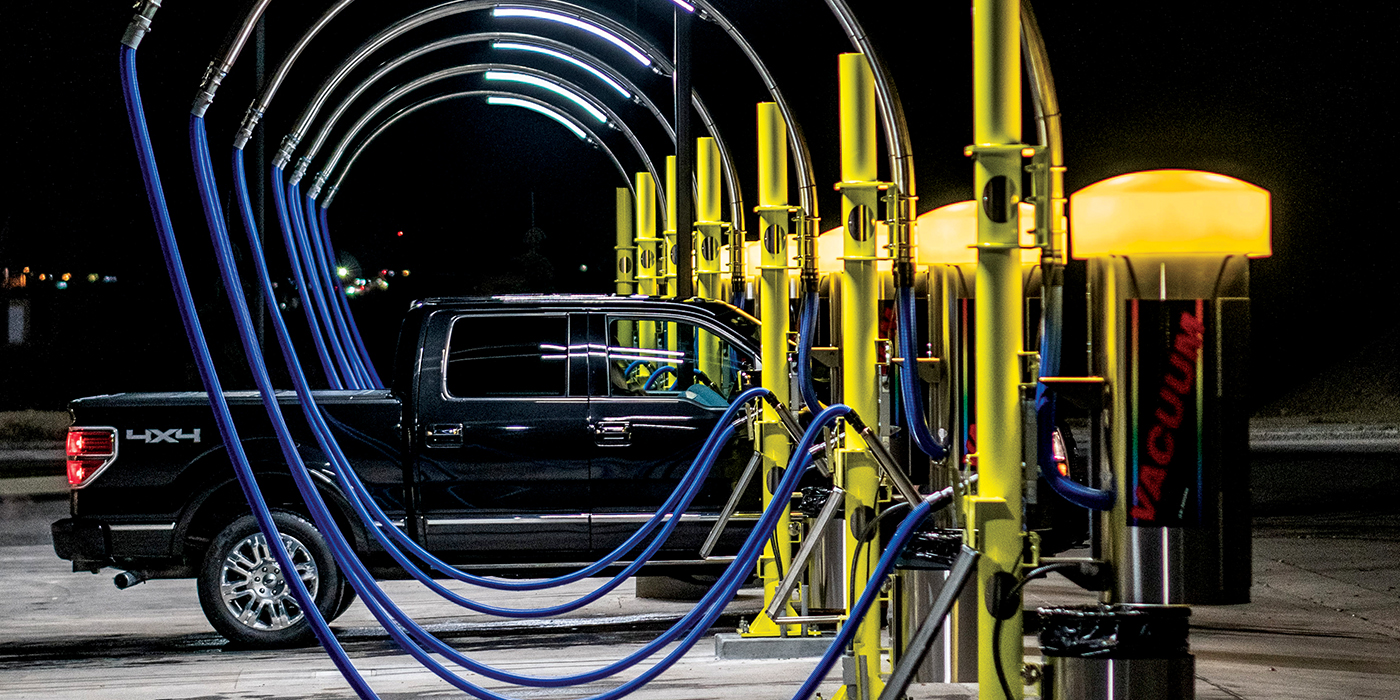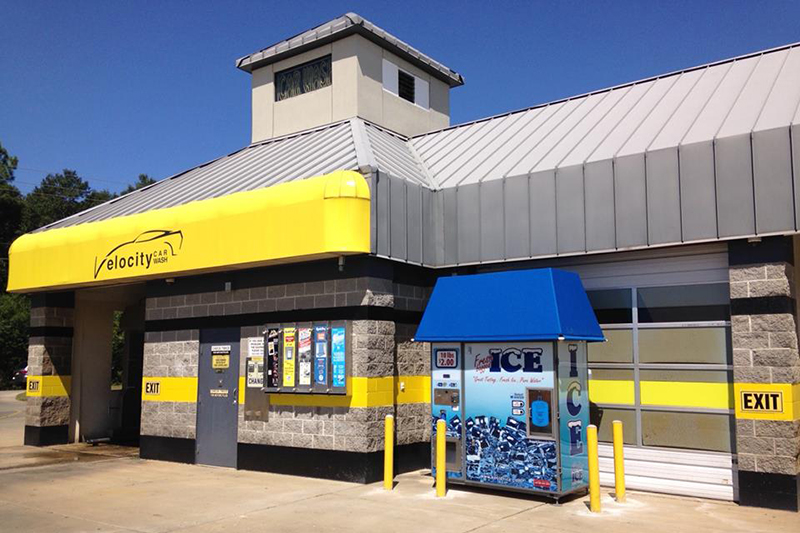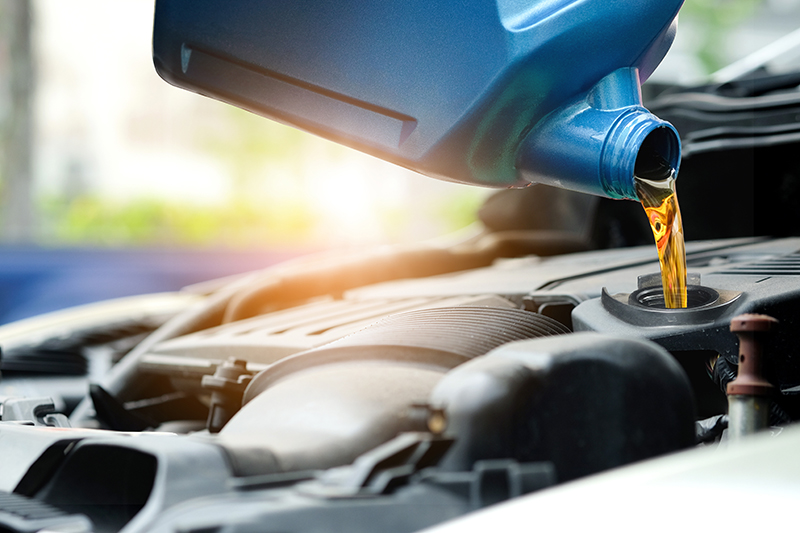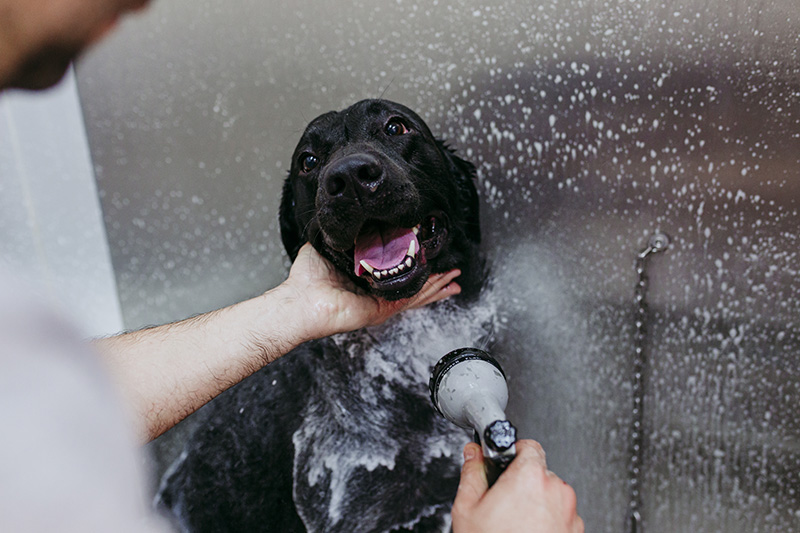Vacuums are in residence at virtually every carwash across America. They are lined up like robots ready to do your customers’ bidding in their attempt to give the interiors of their vehicles a fighting chance against dirt and grime. While consumers primarily use your carwash to keep the exteriors clean and shiny, they quickly take advantage of available tools, such as your vacuum system, to clean up the interior as well.
In fact, if a consumer pulls into a carwash and doesn’t spot those mighty sentinels ready to do their bidding, they may pull back into the street and continue their hunt for a carwash that has a convenient vacuum system. After all, they could vacuum their cars at home, but they don’t want to.
This makes installing reliable vacuums at your carwash a smart business practice. Although your customers may not use them each time they visit, the option keeps them coming back — as long as the actual carwash is performing as expected.
Challenges
Stuart Levy is the president of Auto Glanz Solutions and owner of Clean Car Consulting. He works closely with the express carwash segment of the industry.
When choosing the vacuum system for a carwash, Levy advises clients to look at the projected volume of the wash, as the site must have enough vacuums to handle overall usage. Nothing can chase a customer away faster than being frustrated at a long line of vehicles waiting impatiently to use a vacuum.
To do this, according to D. Scott McConnell, the national accounts manager with Eurovac, look at the number of car bays and figure two hoses per bay. “And design the vacuum size to handle 75 percent in use at one time,” he adds. “No one wants poor suction — pay for the power upfront.”
Wes Taggart, a partner and CEO of Auto Vac, says it is important to carefully choose your vacuum producer when implementing a central vacuum system. “It is the heart of the central cleaning system. It must be strong, durable and dependable,” he advises. “Are there any special circumstances at the site location such as high altitude or out-of-the-ordinary debris being vacuumed?” he asks. If so, be sure to consider that information when outfitting a new carwash or refurbishing an existing carwash.
While the carwash industry is experiencing rapid growth, according to McConnell, and consumers are keeping carwashes busy, you have to build your carwash business based on a long-term outlook. “It is the physical building and outer appearance of the carwash that presents the sizzle to get customers in, but once the customer enters, it is the quality of the experience that keeps them coming back.” A modern vacuum system will give these customers reasons to return.
But, what about costs? When investigating vacuum systems, it would be smart to look at the cost of running the system in addition to initially outfitting or refurbishing the carwash.
Energy consumption is an obvious expense and concern for most carwash operators. “Many vacuum systems require high energy use,” Levy says, “and vacuum motors can range from 25 horsepower and more. These vacuums are generally left on all day regardless of usage. Stand-alone vacuum systems can be turned on and off by the user, thus reducing overall power consumption.”
Concerns
Vacuum systems are mechanical and have moving parts, and that means they need proper, scheduled maintenance. And, yes, they will break down from time to time.
“The customer will suck up anything,” states McConnell. “If it clogs the main line, the whole system could be down.” Sooner or later, McConnell adds, there is going to be a clog, and now is the time to plan for how you will resolve it.
Taggart suggests the need to separate dirt and debris from the airflow before it returns to the vacuum producer. “In standard central systems, this is accomplished with a filter separator immediately before the air enters your turbine. In each separator, waste is deposited into convenient dirt containers for easy disposal,” he notes.
Another concern, according to Levy, is with pathogens. “Dirt containers that are not self-contained may have pathogens that can become airborne in the form of dust when emptied by an employee,” he explains. These pathogens can carry some form of disease that can be absorbed by an open orifice or wound, Levy warns. “A dust bin that is self-contained dramatically reduces this possibility.”
McConnell also shares that customers aren’t always observant of what’s going on around them. “Without a planned hose delivery, customers will drive over hoses, increasing clogs and reducing hose life.”
Imagine the frustrated customer visiting your carwash for the first time, enjoying the experience until they try out your vacuum that has a hole in the hose.
Charging
It’s an important question and your decision will impact the profitability of your carwash: should I charge for the use of my vacuums at my carwash?
Some carwash owners offer do-it-yourself vacuum services for free, but usually they are tied to the purchase of a carwash, such as receiving a coin or code to be used after the exterior of the vehicle is clean.
Others feel the vacuum option should be paid for, and have even raised their prices in recent years to reflect this belief. They have adjusted with the times by adding credit card payment options in addition to the traditional coin-fed systems.
“I’m in favor of not charging for vacuum services,” Levy says. “In the express carwash model, the whole concept is to bring the consumer either onto the property or to provide a valued service that will keep them coming back.”
Levy adds the free vacuum model helps to accomplish these goals and create a loyal customer base that, over the long term, will motivate customers to return to wash their cars on a more frequent basis.
“With a free vacuum, the experience is more inviting,” according to McConnell. “You make it an inviting place to visit.”
Collecting money for the use of the vacuum system, should an operator decide to charge for this self-service option, requires coin or token operations and that adds to “what can go wrong,” McConnell continues.
Taggart offers an interesting twist to the challenge of free carwashes. “It is possible to generate money with your free vac. Not simply by counting on the increase in wash sales, but by charging for your free vac. Sounds silly, but it really isn’t,” he states.
The idea, Taggart believes, goes like this. When the customer comes into the wash, offer them either a token or code in order to participate in the free vacuums offered at your site. This token or code allows the customer to vacuum for a predetermined amount of time, such as five minutes. If the customer then is not finished within the allotted time to vacuum the vehicle, they can then purchase a token for the additional time needed to complete their vehicle.
“This way, the operator is not concerned with how long they are vacuuming so long as they are now offsetting the cost,” Taggart explains, “and it stops the ‘freebie’ from coming in without having to first pay for a vacuum token.”
If that doesn’t help the situation, Taggart offers other advice. “You can monitor the time in the vacuum stall, install polite signage, a countdown timer, a ‘red’ light announcement for time up, an installed timer that stops the vacuum at that spot and directional information that first takes the customer through the wash and then into the vacuum area.”
No matter which decision you make — free or not free — having a reliable, powerful vacuum system in place is vital for the growth of your carwash. And don’t think that reliability and power are the only considerations you should have. Keeping them clean and shiny with smelly odors at bay is just as important. No consumer is going to enjoy using a sticky vacuum hose or a vacuum that discharges foul odors.
So take a moment to inspect and even use your own vacuum system. Your consumers want the best and you want to give it to them so they keep coming back again and again and again.
Jeff Cross is the executive editor of our sister publication, Cleanfax, and is an industry trainer and consultant for the cleaning and restoration industries. He can be reached via email at [email protected].

